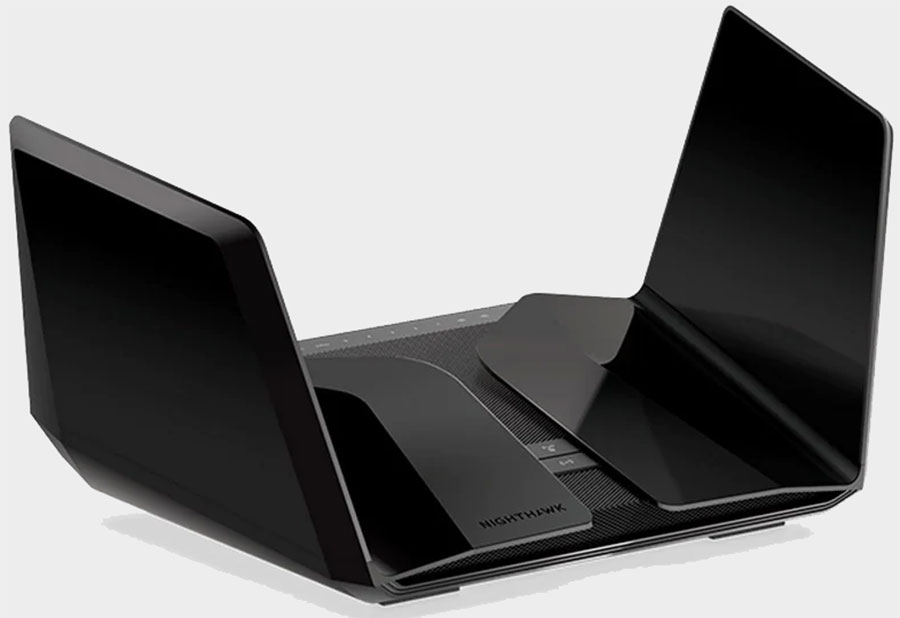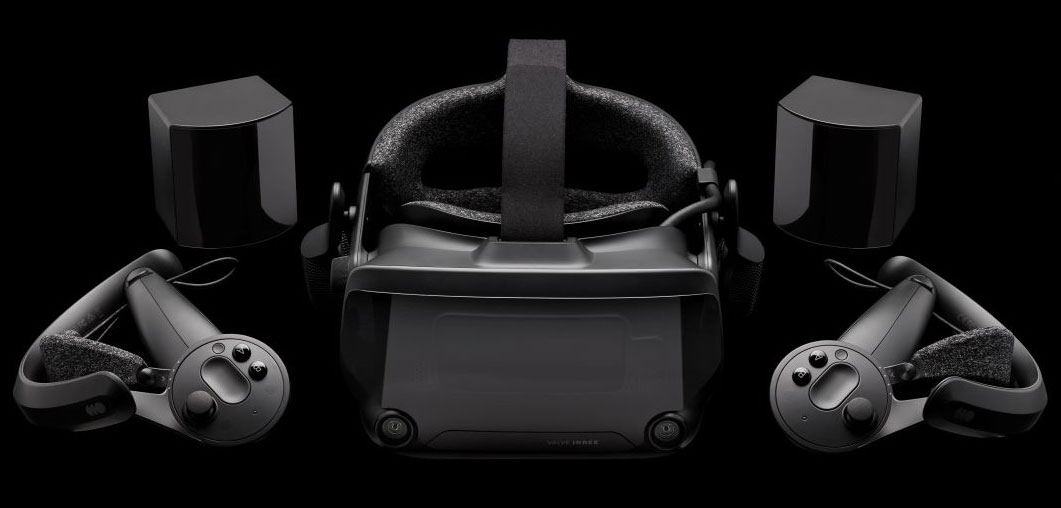Netgear announces a $600 router that connects in a way your Wi-Fi 6 model can't
CES is serving as a launchpad for Wi-Fi 6E hardware.

Technology moves at a fast pace, and if you bought a wireless router last year based on the Wi-Fi 6 standard (otherwise known as 802.11ax), it might be a tough pill to swallow that router makers are already pushing out models based on a newer standard—Wi-Fi 6E. Netgear is one of the first to announce a Wi-Fi 6E model, the Nighthawk RAXE500, though it's an expensive one at $600.
Wi-Fi 6E is essentially an extension of Wi-Fi 6, supporting all of the same features and technologies. Key among them is Orthogonal Frequency Division Multiple Access (OFDMA), which divides channels into smaller frequency blocks called Resource Units (RUs). By dividing up the spectrum, Wi-Fi 6 and now Wi-Fi 6E routers are better equipped to handle traffic from multiple simultaneously connected devices. That's important, because these days just about everything is an interconnected device—PCs, game consoles, TVs, smartphones, tablets, smart speakers, and so forth.
What sets Wi-Fi 6E apart is a third 6GHz band (in addition to 5GHz and 2.4GHz) to "dramatically increase the capacity of networks to support more devices."
"The proliferation of Wi-Fi over the last few decades first stressed the 2.4GHz band and then eventually the 5GHz band with Wi-Fi 4, 5, and 6," said Phil Solis, research director at IDC. "As regulatory bodies around the world open up the 6GHz band, Wi-Fi 6E networks will provide enabled devices with the breathing room to use large channels even in dense and congested areas with higher average data rates and lower latency."
The FCC basically enabled the Wi-Fi 6E standard when, last April, it opened up 1,200MHz of bandwidth in the 6GHz band for Wi-Fi usage. Users will potentially benefit by shifting some of their connected devices to the 6GHz band, resulting in less congestion. However, that's predicated on having client hardware that supports Wi-Fi 6E.

Best VR headset: which kit should you choose?
Best graphics card: you need serious GPU power for VR
Best gaming laptop: don't get tied to your desktop in VR
In anticipation of the shift, Intel last November quietly started rolling out its first Wi-Fi 6E adapters.
Getting back to Netgear's newest Nighthawk model, the RAXE500 is a tri-band router serving up 12 streams equally split between 6GHz, 5GHz, and 2.4GHz. Both of the higher frequency bands support theoretical maximum speeds of up to 4.8Gbps, while the 2.4GHz band tops out at 1.2Gbps, for a combined 10.8Gbps.
Keep up to date with the most important stories and the best deals, as picked by the PC Gamer team.
That paves the way for Netgear to also advertise the RAXE500 as an AXE11000 router, though it's important to note that you can't actually combine the bands for a single 10.8Gbps connection. Still, it's common practice for router makers to add up the bandwidth and advertise the combined throughput.
It also features four LAN ports for wired connections, including a 2.5Gbps LAN port and three 1Gbps LAN port (two of which support link aggregation), and two USB 3.0 ports for sharing external storage and/or printers across a network (though most printers these days support wireless connectivity anyway).
Netgear says the Nighthawk RAXE500 will be available in February.
Paul has been playing PC games and raking his knuckles on computer hardware since the Commodore 64. He does not have any tattoos, but thinks it would be cool to get one that reads LOAD"*",8,1. In his off time, he rides motorcycles and wrestles alligators (only one of those is true).


